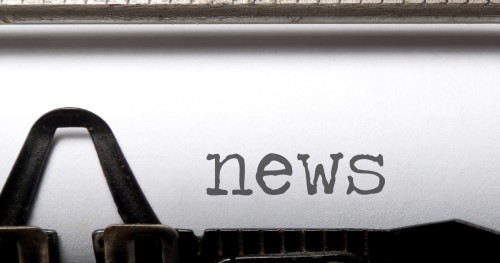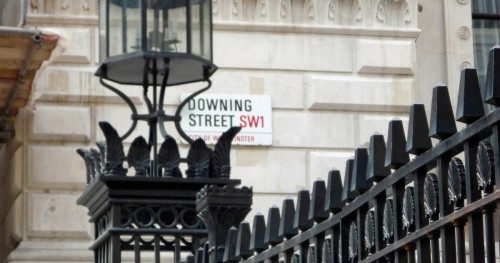
Freelancers, what is required to complete your tax return?
As a freelancer, you have earnings outside of PAYE, and the chances are you’ll need to file a tax return. This is an annual submission, due on the 31st January, that lets HMRC know your taxable income and how much tax you need to pay. If you fail to submit it or forget to pay your tax bill, you could face a fine.
So to ensure that doesn’t happen, we’ve asked Mike Parkes from GoSimpleTax to explain the tax return process and keep you on the right side of the taxman.
Get registered with HMRC
So, we know you are a freelancer, sole trader or received income from other sources (like property) before, therefore you may have already filed a tax return. If not, you’ll need to register for Self Assessment with HMRC.
Once complete, you’ll receive a Unique Taxpayer Reference (UTR) number that identifies you and enables you to submit a tax return. When your UTR arrives, you’re able to set up your Government Gateway account. It’s here that you’ll file your return (either manually or through software).
Bear in mind that it could take up to 20 days to receive your UTR, so be sure not to leave it too late.
Have all your documents to hand
Now you’re registered, the next step is to prepare the information you need to complete your tax return. This includes:
- Your UTR
- Your National Insurance number
- Employment income and benefits received during the year (forms P60 and P11D)
- Any income you’ve received as part of a self-employed business
- A total of any rent you’ve received
- Certificates detailing interest you’ve received from your bank
- Any income you’ve received from overseas
- Any income you’ve received as part of a partnership (one partner should also file a tax return for the partnership as a whole)
- Information about any dividends received
- All taxable benefits you’ve received from the state
- All capital gains you’ve made by disposing of assets
- Information about any Gift Aid payments you’ve made
- Details of any pension contributions (you may be able to claim some of this money back)
- Details of any tax payments you’ve already made this year ,
All of the above information only needs to refer to the tax year that you’re filing for. In other words, if you’re filing before 31st January 2021, the period will cover 6th April 2019 to the 5th April 2020.
Don’t forget your expenses
While it’s important to keep track of your income, it’s equally important to keep track of your expenses. Any expenditure you’ve incurred during the year may be allowable and used to lower your tax bill. As you’re self-employed, HMRC has prepared lists of regular expenses you’d expect to see.
You won’t need to send any evidence with your tax return. However, it’s important that you keep your records safe for up to six years in case HMRC investigates your tax return.
Pay your tax bill
Once you’ve filed, HMRC will calculate your total tax liability. Obviously, if you file early, you’ll be aware of your liability well ahead of the payment due date, allowing you to manage your cash flow better.
There’s no legal requirement to file early though – both the tax return and any money you owe are due on 31st January following the end of the tax year.
This tax year, however, HMRC are allowing some Self Assessment users affected by COVID-19 to spread their tax bill over a period of 12 months. Users that file early will be able to determine how much they can pay right away, and then how much they’ll need to pay each subsequent month, using the government’s Time to Pay service.
You can check your eligibility and set up your payment plan by logging in to the Government Gateway. Alternatively, you can call the Self Assessment Payment Helpline on 0300 200 3822 and talk through your options.
More on tax advice for freelancers.



Comment
Log in or create your account to react to the article.